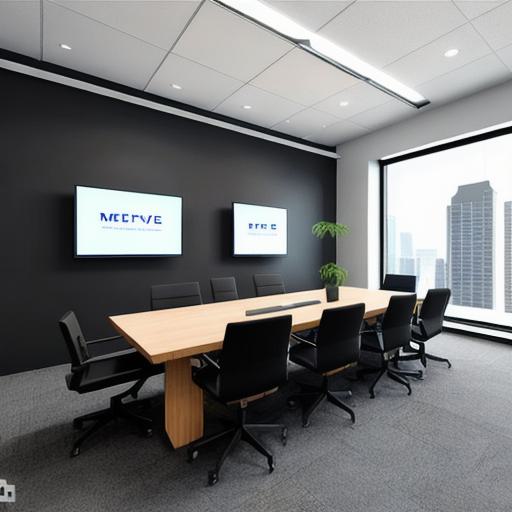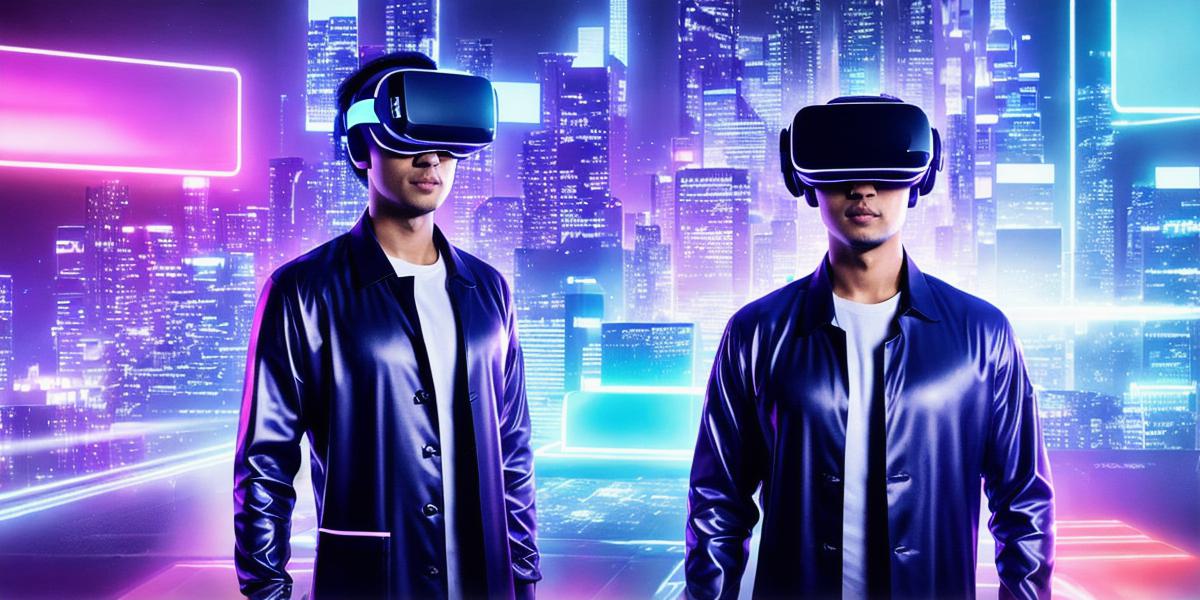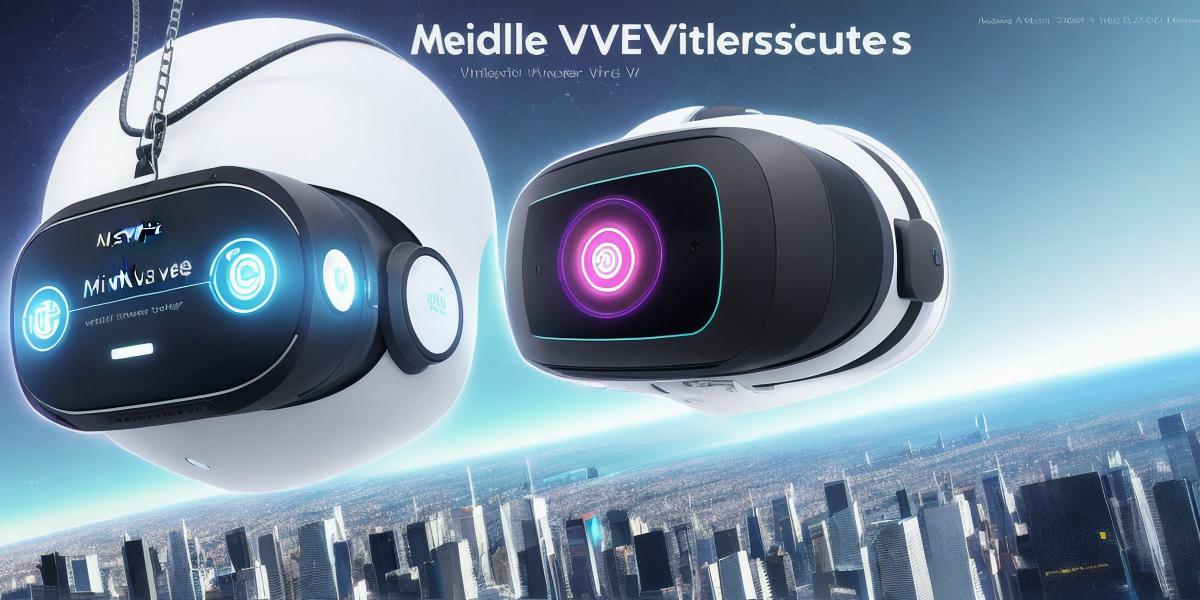Introduction
The metaverse is a virtual world where people can interact and experience life in a digital environment. The concept of building a metaverse platform has been around for years, but the recent advancements in technology have made it more feasible than ever before. In this article, we will explore how to build a metaverse platform by discussing the various stages involved in the development process.
Stage 1: Planning and Design
The first stage in building a metaverse platform is planning and design. It’s crucial to have a clear idea of what you want to achieve with your platform. This includes defining the target audience, identifying the features, and deciding on the technology stack.
One of the most important aspects of designing a metaverse platform is creating an immersive experience for users. This requires a deep understanding of user behavior and preferences. For example, if you’re building a gaming metaverse platform, you need to consider factors such as graphics, game mechanics, and player interaction.
Case study: Decentraland
Decentraland is a decentralized metaverse platform that allows users to create and explore their own virtual worlds. The platform was created by a team of experienced developers who had a clear vision for what they wanted to achieve. They spent months planning and designing the platform, taking into account user behavior and preferences.
Stage 2: Development and Implementation

The second stage in building a metaverse platform is development and implementation. This involves coding the platform, integrating the various features, and testing it thoroughly before launching it to users.
One of the key challenges in developing a metaverse platform is ensuring that it can handle large numbers of users without crashing or lagging. To achieve this, developers need to optimize the code and use scalable technology solutions.
Case study: VRChat
VRChat is another popular metaverse platform that was developed by a team of experienced developers. The platform uses WebRTC technology to enable real-time communication between users, making it highly scalable and reliable.
Stage 3: Marketing and Promotion
The third stage in building a metaverse platform is marketing and promotion. This involves creating a brand identity, building a community around the platform, and promoting it through various channels such as social media, influencer partnerships, and content marketing.
One of the key factors in successful marketing for metaverse platforms is creating engaging and interactive content that resonates with users. For example, hosting virtual events or gaming tournaments can help to build a loyal following and drive traffic to the platform.
Case study: Rec Room
Rec Room is a social metaverse platform that was created by a team of experienced developers. The platform has been highly successful due to its engaging and interactive content, which includes customizable avatars, virtual concerts, and gaming tournaments.
Conclusion
Building a metaverse platform is a complex process that requires careful planning, development, and marketing. However, with the right team, technology stack, and strategy in place, it’s possible to create a highly successful platform that engages users and drives traffic. As the metaverse continues to evolve, we can expect to see even more exciting developments in this space.




